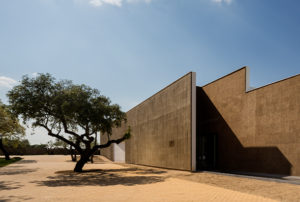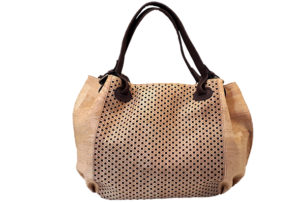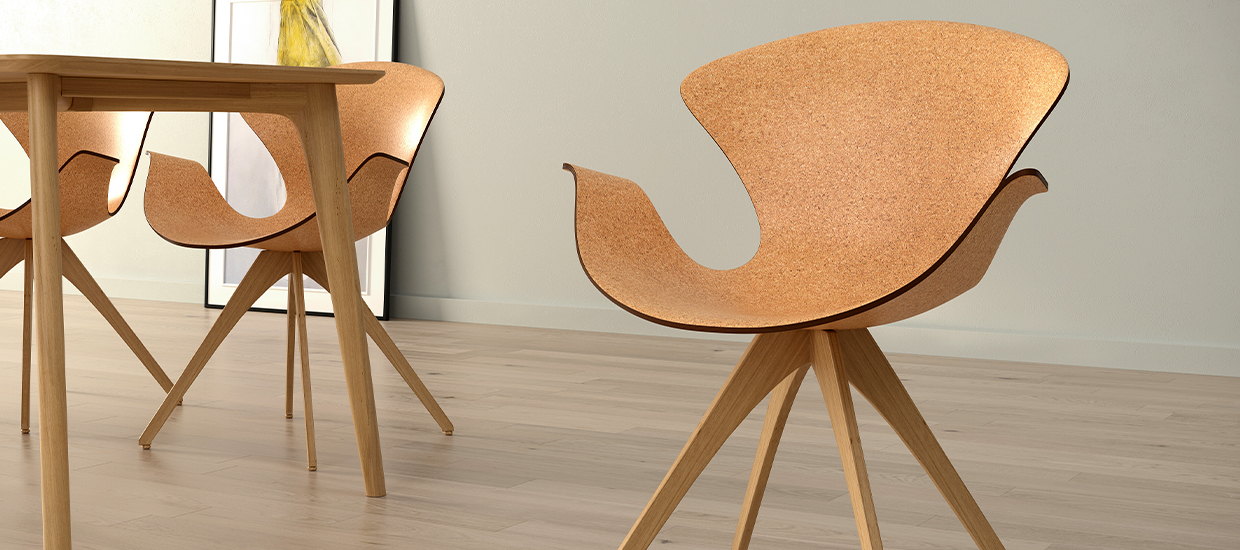Cork has long been a source of cultural pride in Portugal, which produces more than half of the world’s supply. In fact, cork oak tree protection has been a part of the country’s legal code in one form or another since the 13th century. Over the past decade, the material has seen that esteem become even more elevated, as Portuguese architects, designers, and entrepreneurs have begun to incorporate it into high-end architecture and design.
“Cork is everywhere in the structures of the Portugal countryside,” says Miguel Rosado da Fonseca, the manager of the Ecork Hotel, an eco-resort in the south-central city of Évora. The Ecork’s main building is enveloped in an industrial-chic layer of cork panels and is surrounded by freestanding villas that are coated in a cork-based insulating white paint. Even the hotel’s infinity pool offers a reminder of the material, as it looks out on stands of ancient cork oak trees.

The “Cork House,” in the northern city of Esposende, is another prime example of this renaissance. The structure features a cork brick facade that provides the residents privacy while also blending seamlessly into the surrounding hillside. Aside from aesthetics, using the material makes practical sense, as cork is recyclable, water-resistant, and durable, and it functions as a natural insulator thanks to its density.

Cork’s popularity isn’t limited to country hamlets, either. Cristina Salgado, the owner of the Lisbon interior design store Cork & Co, says that its complex composition and sustainable extraction process, which is deeply linked to the rhythms of nature, lends an aura of harmonious design to her store’s products, such as lounge chairs, cuff links, and kitchen aprons. “We have many foreign travelers who pass by our store and are really surprised to learn how beautiful cork can be,” she says. “The fascination with cork will only continue to spread.”
By its very nature, cork is a sustainable product. It is made from the tree’s bark, which is harvested according to a centuries-old agro-foresting system known as montado. The brittle outer layer is stripped from the trees 20 to 25 years after they are planted, and about a decade must pass before each subsequent removal, allowing the trees to regrow that top layer. Researchers believe that the meticulously measured process of debarking actually helps the trees live longer. “How [do you] balance people, planet, and profit?” says Carlos de Jesus, the communications director of Amorim, the largest cork company in the world. “In cork, we have one of the great sustainability stories of our time.”
